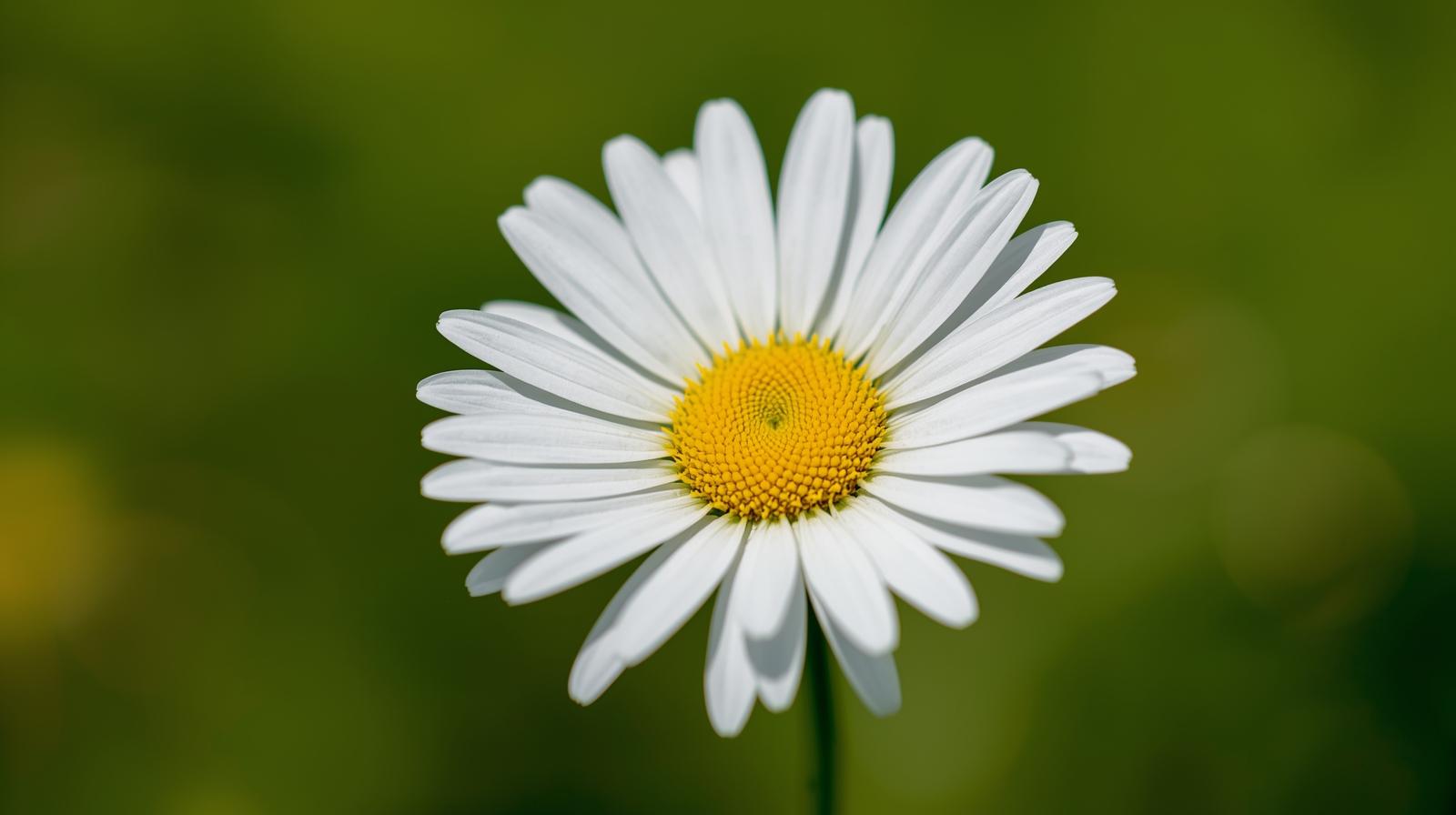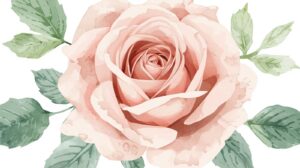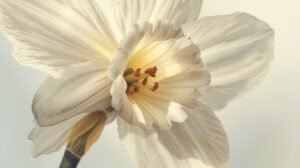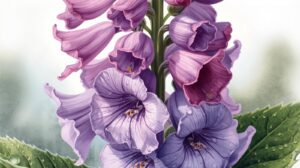March Birth Flower
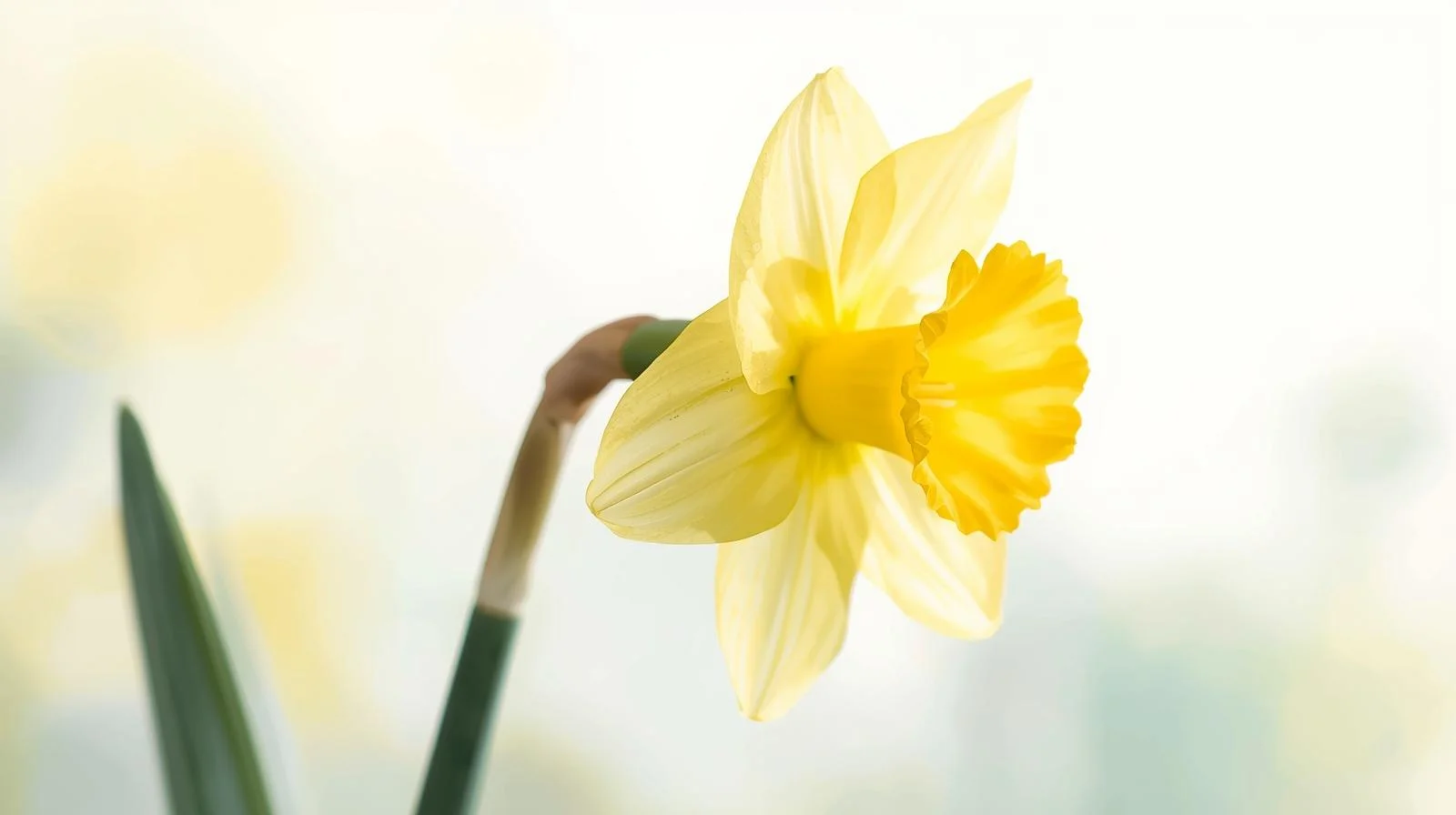
The Meaning and Significance of the March Birth Flower: Daffodil
March Birth Flower the daffodil, known scientifically as Narcissus, is the birth flower for the month of March. This vibrant flower holds deep symbolism and meaning, making it a perfect representation of the month. Daffodils are often associated with renewal and rebirth, reflecting the arrival of spring after a long winter. This connection to the changing seasons resonates with many who celebrate birthdays in March, as it symbolizes fresh starts and new beginnings.
- The Meaning and Significance of the March Birth Flower: Daffodil
- Discover the Beauty of the March Birth Flower: Daffodil
- March Birth Flower: Why the Daffodil Represents New Beginnings
- Celebrating March: The Symbolism of the Daffodil as the Birth Flower
- March Birth Flower Insights: The Daffodil and Its Stunning Varieties
- The Daffodil: March’s Birth Flower and Its Cultural Importance
- How the Daffodil Became the March Birth Flower: A Historical Overview and Care Guide
In various cultures, daffodils represent different meanings. In Western tradition, they are seen as a symbol of hope and resilience. The bright yellow hues of the daffodil bring joy and optimism, serving as a reminder that brighter days are ahead. In some regions, daffodils are also linked to good fortune and are often given as gifts to convey wishes for prosperity and happiness.
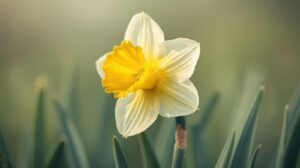
Discover the Beauty of the March Birth Flower: Daffodil
Daffodils are renowned for their striking beauty and distinctive trumpet-shaped flowers. They bloom in a variety of colors, including bright yellow, white, and orange, creating a stunning display in gardens and natural landscapes. Their cheerful appearance makes them a beloved choice for springtime floral arrangements and decorations.
These flowers typically bloom in early spring, often heralding the end of winter with their vibrant colors and delightful fragrance. They are hardy and can thrive in various soil types, making them a popular choice for gardeners looking to bring a splash of color to their outdoor spaces. Daffodils are also relatively low-maintenance, requiring minimal care, which further adds to their appeal.
| Flower Name | Scientific Name | Color Varieties | Symbolism | Blooming Season |
|---|---|---|---|---|
| Daffodil | Narcissus | Yellow, White, Orange | Hope, Renewal, New Beginnings | Early Spring |
March Birth Flower: Why the Daffodil Represents New Beginnings
The daffodil’s association with new beginnings is particularly poignant during the month of March. As winter fades and spring emerges, these flowers symbolize the rejuvenation of life and the promise of warmer days. For those born in March, the daffodil serves as a powerful reminder of the potential for growth and transformation in their lives.
In many cultures, the arrival of daffodils is celebrated as a sign that it is time to cast off the old and embrace the new. This can relate not only to the changing of the seasons but also to personal growth and new opportunities. Many people find inspiration in the daffodil’s ability to thrive in challenging conditions, making it a fitting emblem for those looking to embark on new journeys.
In conclusion, the daffodil is more than just the birth flower for March; it is a symbol of hope, beauty, and the promise of new beginnings. Its vibrant presence in gardens and its rich symbolism make it a cherished flower that resonates with many during this transformative time of year.

Celebrating March: The Symbolism of the Daffodil as the Birth Flower
March is a month that heralds the arrival of spring, and what better way to celebrate this rebirth than through the vibrant daffodil, the birth flower of March? Known scientifically as Narcissus, the daffodil symbolizes renewal, new beginnings, and the promise of brighter days ahead. This cheerful flower, with its distinctive trumpet-shaped blooms and bright yellow hues, serves as a reminder that life is full of hope and transformation. In various cultures, the daffodil is associated with positivity, making it a fitting emblem for those born in March.
The symbolism of the daffodil extends beyond mere aesthetics. It is often seen as a sign of good fortune and prosperity. In some traditions, giving daffodils is believed to bring good luck, making them a popular choice for gifts during March. This flower’s ability to thrive and bloom in early spring reflects resilience, marking it as a beacon of hope as the world awakens from winter’s slumber.
March Birth Flower Insights: The Daffodil and Its Stunning Varieties
The daffodil is a diverse genus, boasting numerous varieties that exhibit a range of colors and forms. While the classic yellow daffodil is perhaps the most recognized, there are over fifty species and countless hybrids that showcase stunning variations. From the pure white blooms of the ‘Thalia’ to the bi-colored ‘Ice Follies’ and the vibrant orange-cupped ‘Tete-a-Tete’, each daffodil variety brings its unique charm to gardens and floral arrangements.
These varieties not only add visual interest but also contribute to the daffodil’s cultural significance. Gardeners and florists often select specific daffodil types to convey different meanings or to complement various themes in floral displays. The diversity found within the daffodil family allows for creative expression, making them a favorite in both personal gardens and public landscapes. In a table below, you can explore some of the most popular daffodil varieties along with their unique features.
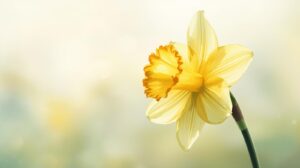
| Variety Name | Color | Bloom Time | Special Features |
|---|---|---|---|
| Golden Echo | Bright Yellow | Early Spring | Fragrant with a wide trumpet shape |
| Thalia | White | Mid Spring | Multiple blooms per stem, graceful appearance |
| Tete-a-Tete | Yellow with Orange | Early Spring | Dwarf variety, ideal for pots |
| Ice Follies | White and Yellow | Mid Spring | Large blooms with a sweet fragrance |
| Jetfire | Yellow and Orange | Early Spring | Compact growth, vibrant color |
The Daffodil: March’s Birth Flower and Its Cultural Importance
The cultural significance of the daffodil extends across many regions and traditions. In Chinese culture, the daffodil is a symbol of good fortune and is often associated with the Lunar New Year, where it is believed to bring prosperity and happiness. In Western cultures, the daffodil is often associated with Easter, symbolizing rebirth and resurrection. This connection to significant life events underscores the daffodil’s role as a symbol of hope and renewal.
Furthermore, daffodils have been celebrated in literature and art, often representing themes of transformation, beauty, and the fleeting nature of life. Poets like William Wordsworth have immortalized the daffodil in their work, highlighting its importance as a symbol of nature’s beauty and the joy it brings to our lives. The daffodil continues to inspire not only gardeners and flower enthusiasts but also those who seek to understand the deeper meanings of life and nature.
In conclusion, the daffodil is much more than just a birth flower for March; it is a symbol of renewal, diversity, and cultural significance. As we celebrate those born in this month, let us also appreciate the beauty and meaning behind this stunning flower.
How the Daffodil Became the March Birth Flower: A Historical Overview and Care Guide
The daffodil, with its bright yellow petals and trumpet-like shape, has long been associated with spring and renewal. As the March birth flower, it symbolizes rebirth, new beginnings, and the promise of warmer days ahead. The history of the daffodil as a birth flower dates back to ancient civilizations, where it was often linked to various myths and symbolism. In ancient Greece, the flower was associated with the story of Narcissus, a youth so enamored with his reflection that he turned into a flower, which is believed to be the daffodil. This connection to beauty and self-admiration helped solidify its place in floral symbolism.
Throughout history, the daffodil has been celebrated in various cultures. In the Victorian era, flowers were used to convey messages, and the daffodil represented new beginnings and hope. Today, the daffodil is recognized as the official birth flower for March, reflecting the optimism associated with the arrival of spring. Its vibrant color and resilience as one of the first flowers to bloom in spring make it a fitting symbol for those born in this month.
In addition to its historical significance, understanding the care and cultivation of daffodils is essential for those who wish to enjoy their beauty in gardens or as cut flowers. Daffodils are relatively easy to grow and require minimal maintenance, making them a popular choice for gardeners. Here are some tips for growing and caring for daffodils:
| Aspect | Details |
|---|---|
| Soil Type | Daffodils thrive in well-drained, loamy soil with a pH level between 6.0 and 7.0. |
| Sunlight | They prefer full sun to partial shade. Aim for at least 6 hours of sunlight daily. |
| Planting Time | Plant daffodil bulbs in the fall, ideally 6-8 weeks before the ground freezes. |
| Watering | Water the bulbs after planting, then allow the soil to dry out before watering again. Overwatering can lead to bulb rot. |
| Fertilization | Use a balanced fertilizer at planting time and again in early spring as new growth begins. |
| Pest & Diseases | Daffodils are generally pest-resistant, but watch for aphids and fungal diseases. Proper spacing and airflow help prevent issues. |
Once planted, daffodils will typically bloom in early to mid-spring, depending on the variety and local climate. After blooming, allow the foliage to die back naturally, as this process helps the bulbs store energy for the next growing season. With proper care, daffodils can thrive for many years, bringing joy and color to gardens and landscapes.
In conclusion, the daffodil is not only a beautiful flower that heralds the arrival of spring but also a significant symbol for those born in March. Its historical ties and ease of cultivation make it a favorite among gardeners and flower enthusiasts alike. Whether you’re looking to plant daffodils in your garden or simply appreciate their beauty, these flowers are sure to brighten any space and lift spirits during the transition from winter to spring.
The birth flower for March is the daffodil, which symbolizes new beginnings and rebirth.
Daffodils represent renewal, hope, and the arrival of spring, making them a perfect symbol for those born in March.
In addition to daffodils, the jonquil, a type of daffodil, is also associated with March as a birth flower.
You can incorporate the March birth flower into a gift by giving a bouquet of daffodils, planting daffodil bulbs, or even choosing daffodil-themed jewelry or decor.
To grow daffodils, plant them in well-drained soil in a sunny location, water them regularly, and ensure they are not overwatered to prevent bulb rot.
